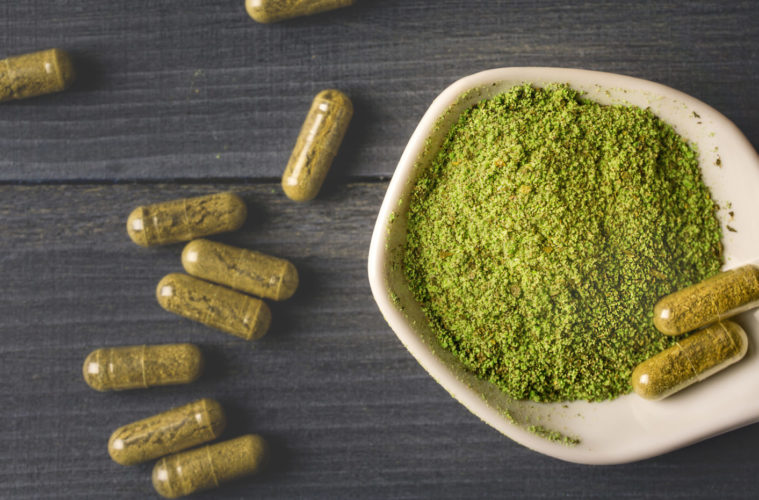As medication begins to expand its horizons by venturing into other forms of drugs, kratom is slowly making its mark in the U.S. market. Southeast Asian nations are known for their widespread use of kratom, particularly in remote areas where the plant is easily accessible. With this particular medication’s growing use in the United States, the DEA has taken note of the alleged benefits of Kratom as well as its side effects.
What is kratom?
Southeast Asia is home to the tropical tree known as kratom, whose leaves are used in medicine. Kratom (Mitragyna speciosa) is widely used and often abused due to its stimulant and sedative properties (depending on its dosage).
This specific medication, also known as thang, kakuam, ketum, biak, and thom, is taken in a variety of ways:
- Taken orally as a pill
- Brewed and drank in a form of a tea
- Orally taken by chewing the raw leaves
- Crushed and then smoked
What are the alleged benefits of kratom?
1. Treats physical pain
A lot of people, especially those who suffer from chronic pain and muscle aches from post-workouts, have shifted from OTC pain killers to kratom given that it lasts longer with regards to alleviating pain.
Kratom contains a compound called 7-hydroxymytraginine, making it 13 times more effective in pain relief than morphine.
On the plus side, the consumption of kratom is less likely to cause addiction than pain killers.
All three kratom strains—green vein, white vein, and red vein—are efficient at reducing pain.
2. Energy booster
Depending on the kratom strain, people can get a coffee-like boost from kratom. This is specially targeted at individuals who suffer from fatigue.
The use of kratom is said to increase energy levels in the body by improving circulation and increasing the amount of oxygenated blood.
The majority of the time, people consume kratom in the form of tea first thing in the morning to give them a much-needed energy boost and motivation to start the day.
3. Calms the nerves
The consumption of kratom provides therapeutic effects, and one of them is calming the nerves.
In turn, this helps an individual have a more positive state of mind.
In addition, the red strain is well known for keeping people calm in stressful situations thanks to its powerful sedative effects.
4. Regulates blood sugar
Given that it aids in the restoration of insulin, kratom is supposedly great for people with diabetes.
Once the blood sugar and glucose levels of a diabetic are regulated, it is less likely for them to suffer from harsh symptoms.
5. Enhances libido
Kratom is full of alkaloids, and many users take kratom as a supplement to help enhance their libido.
Studies have seemed to back this claim, as they have provided us with results that show kratom’s efficacy with regards to being a sexual enhancer.
6. Aids in overcoming certain addictions
The jury is definitely still out on this one. Kratom’s effectiveness in helping people overcome their addictions has been demonstrated, though only through small studies. Other research seems to indicate that long-term use of kratom may lead to a new addiction, instead of “curing” others.
According to a study in Malaysia in 2009, men have reported that kratom has helped them deal with withdrawal symptoms.
A word of caution
According to the Centers for Disease Control (CDC), a 2017 study found that nearly 100 deaths in 27 states listed kratom as a contributing factor. Researchers emphasize, however, that other drugs were found in the bloodstream of nearly all those victims, and that kratom was a factor in less than 1% of 27,000+ overdoses evaluated in that study.
As always, exercise caution with any substance you put in your body and do plenty of research before taking the leap.
Advertising disclosure: We may receive compensation for some of the links in our stories. Thank you for supporting LA Weekly and our advertisers.

